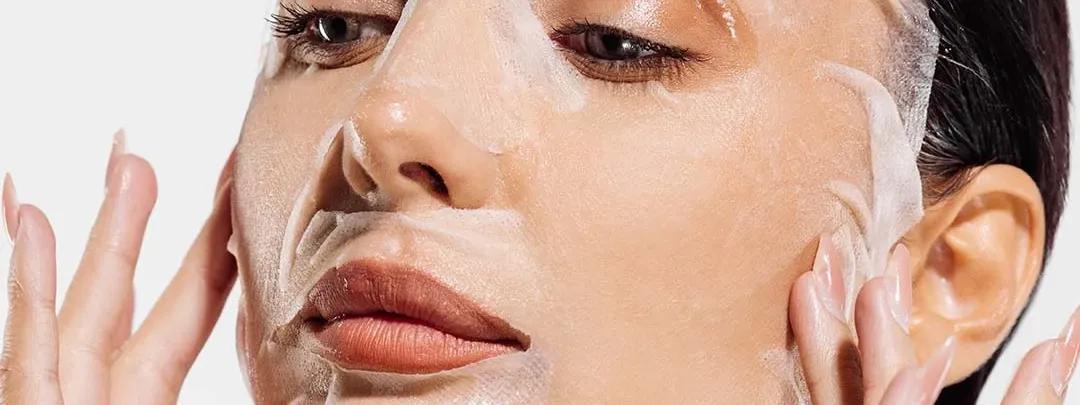Learn about these common pitfalls to ensure you're getting the most out of your deep conditioning routine. Even with the best intentions, it's easy to make mistakes that can actually harm your hair rather than help it.
Over-conditioning
Yes, there is such a thing as too much of a good thing. Protein overload can make your hair feel stiff, brittle, and prone to breakage. Signs include hair that feels hard or rough even after conditioning, increased breakage, and lack of elasticity.
Balancing moisture and protein is crucial. If your hair feels overly soft and stretchy when wet, you might need more protein. If it feels hard and brittle, you need more moisture. Pay attention to how your hair responds to treatments.
Incorrect Product Selection
Using products not suited for your hair type is one of the biggest mistakes people make. What works for fine, straight hair won't necessarily work for thick, curly hair. Take time to understand your hair's specific needs.
Ignoring ingredient lists is another common error. Some ingredients might not work well with your hair type or might cause irritation. Always read labels and do patch tests with new products.
Frequently Asked Questions
How often should I deep condition my hair?
Most people benefit from deep conditioning once a week. If your hair is very dry, damaged, or chemically treated, you might need to do it twice a week. For healthier hair, every two weeks might be sufficient.
Can I use regular conditioner for deep conditioning?
Whilst regular conditioner is better than nothing, it's not designed to penetrate deeply into the hair shaft. Deep conditioning treatments have smaller molecules and more concentrated ingredients that work more effectively for intensive repair.
Is it possible to over-condition my hair?
Yes, over-conditioning can make hair feel limp, greasy, or even brittle if you use too many protein treatments. Pay attention to how your hair feels and adjust your routine accordingly.
What's the difference between a leave-in conditioner and a deep conditioner?
Leave-in conditioners are lightweight products meant to stay in your hair for ongoing protection and moisture. Deep conditioners are intensive treatments that you rinse out after 15-30 minutes. They serve different purposes in your haircare routine.
How can I deep condition my hair without heat?
You can absolutely deep condition without heat. It just takes longer for the product to penetrate. Leave the treatment on for 30-60 minutes instead of 15-20 minutes, and use a shower cap to trap your natural body heat.
Final Thoughts
Mastering deep conditioning isn't rocket science, but it does require patience and consistency. The key is finding the right products for your hair type and sticking to a routine that works for you. Remember, healthy hair doesn't happen overnight—it's the result of consistent care and attention.
Don't be afraid to experiment with different products and techniques until you find your perfect match. What works for your friend might not work for you, and that's completely normal. Your hair is unique, and it deserves a routine that's tailored specifically to its needs.
The long-term benefits of regular deep conditioning are honestly worth the effort. Stronger, shinier, more manageable hair that actually behaves the way you want it to? That's definitely worth a weekly 30-minute investment. Your future self will thank you for taking the time to give your hair the care it deserves.

 200 gm
200 gm 200 ml
200 ml 500 ml
500 ml 125 ml
125 ml